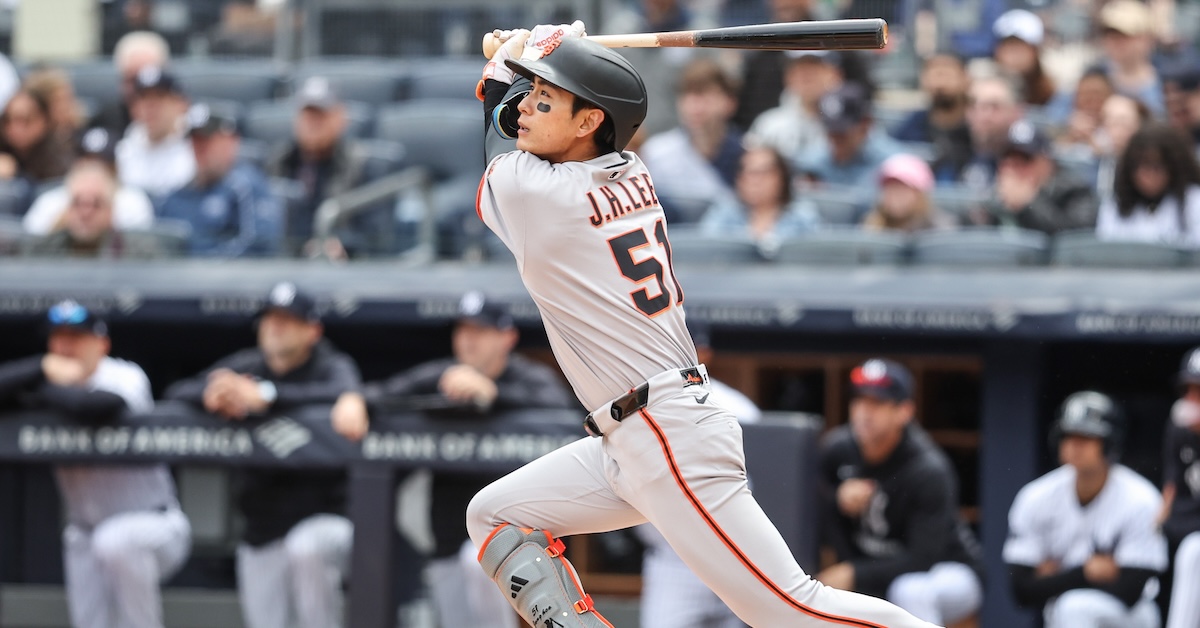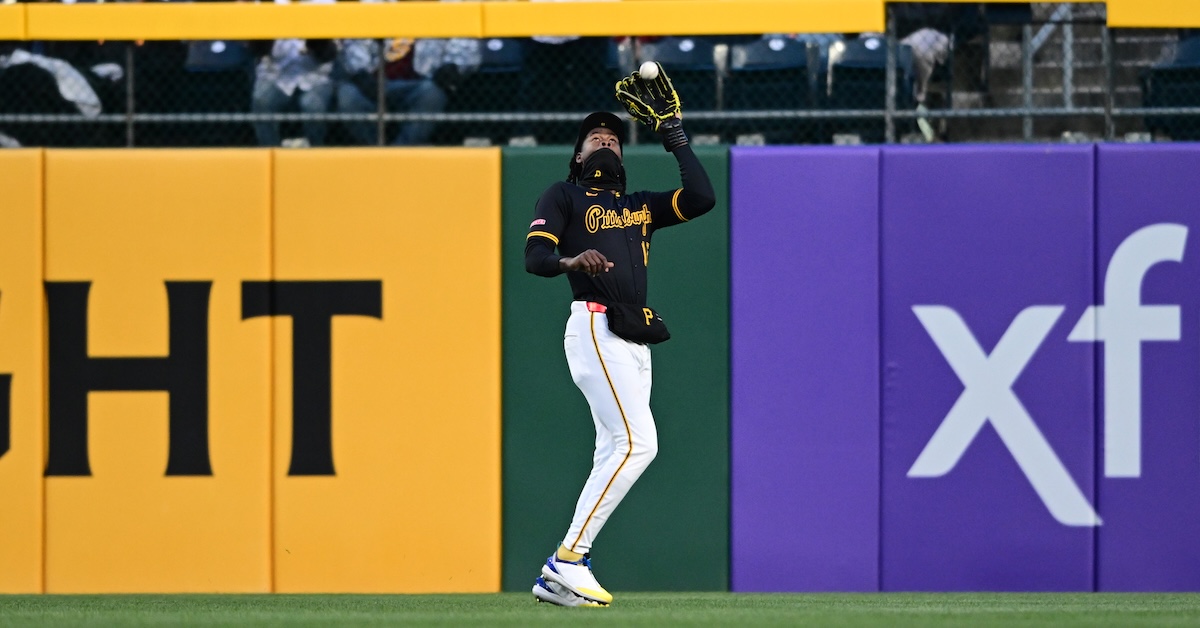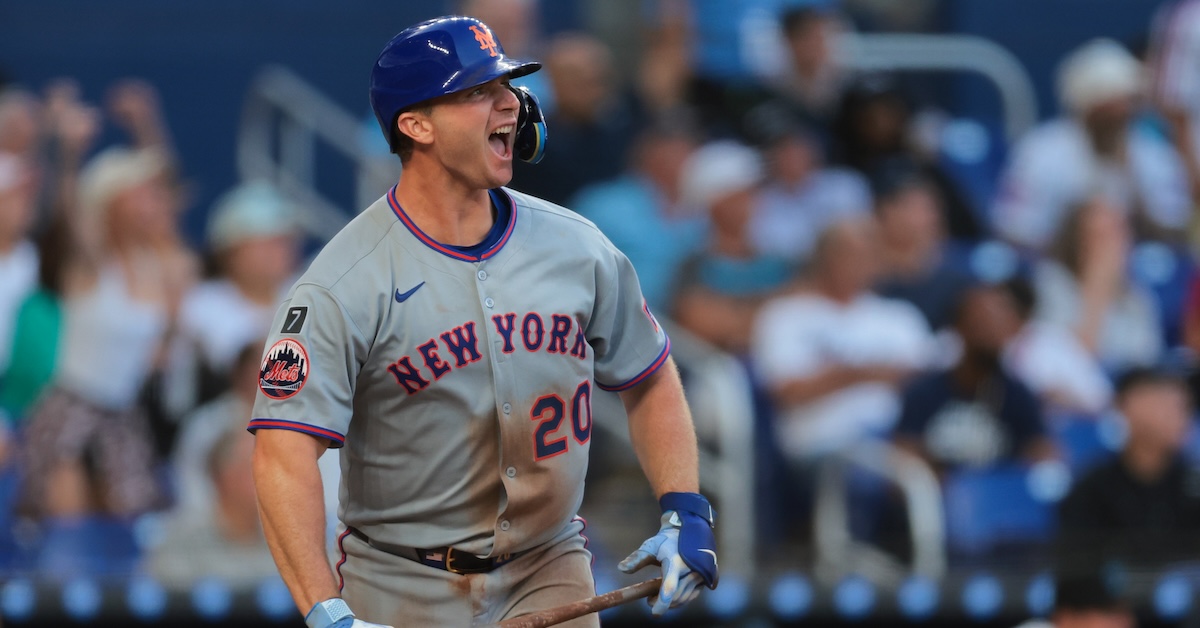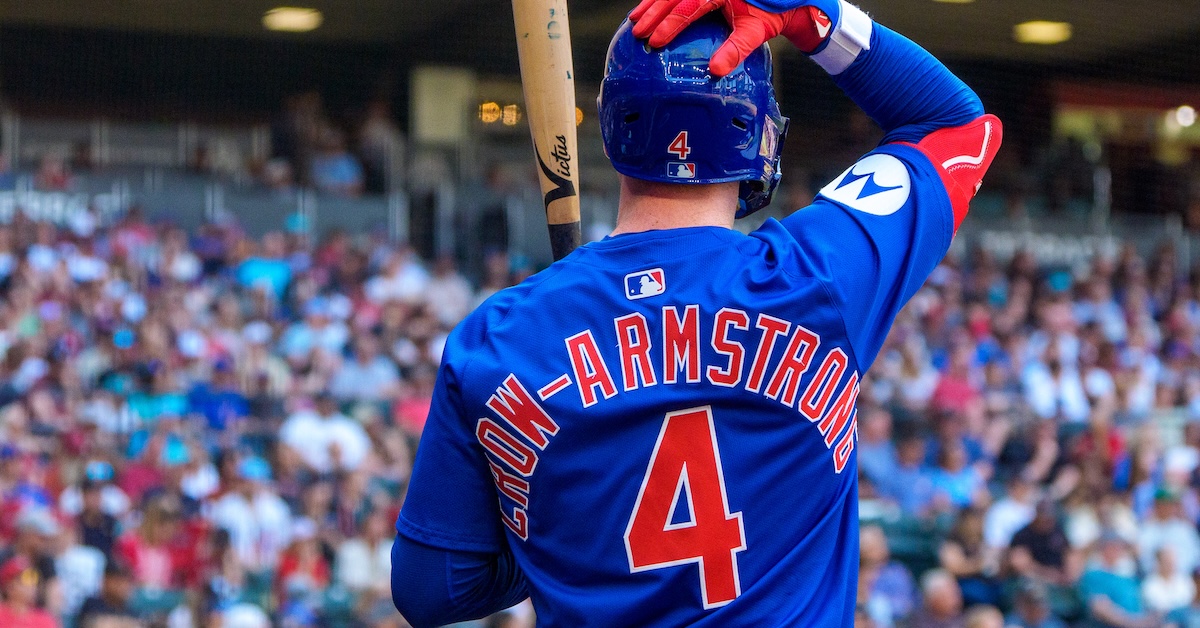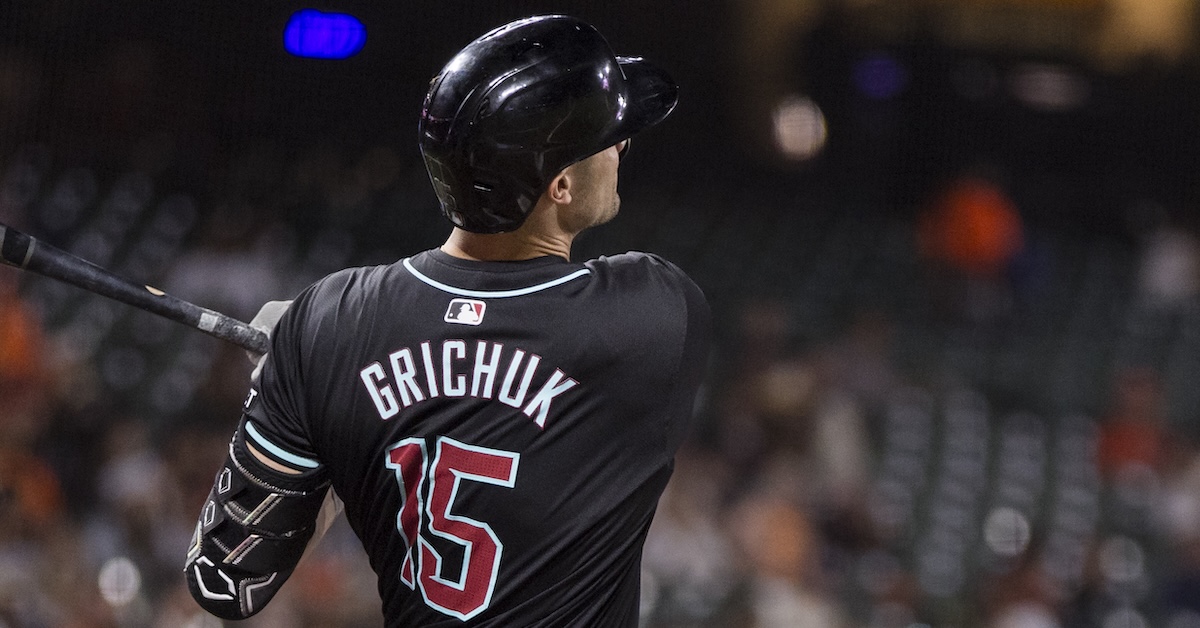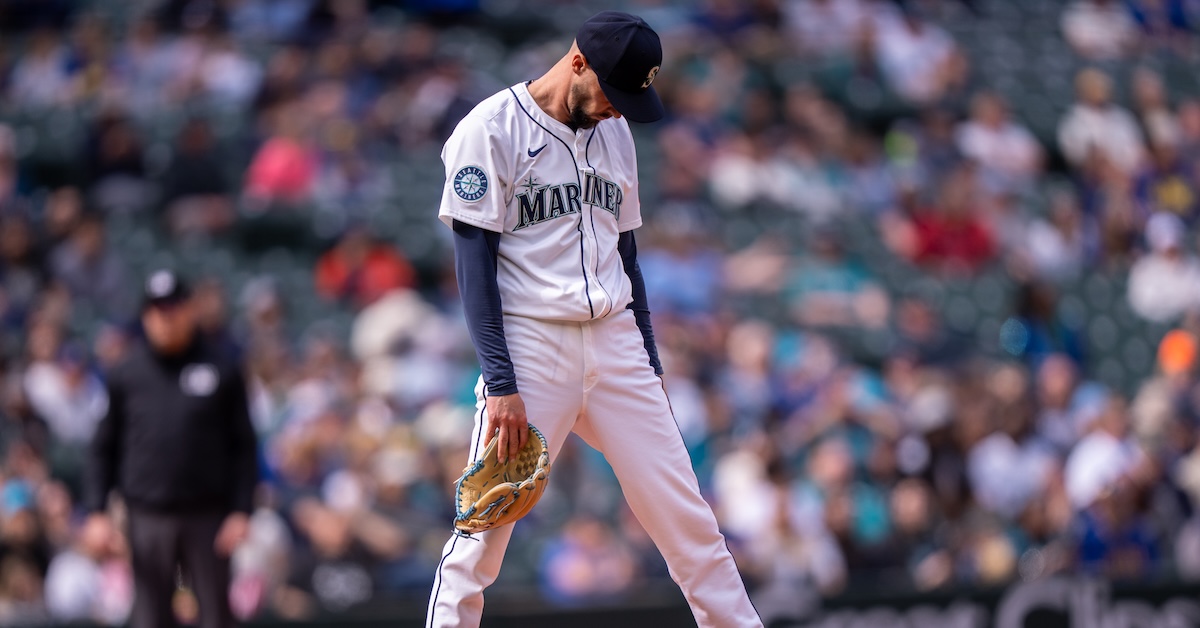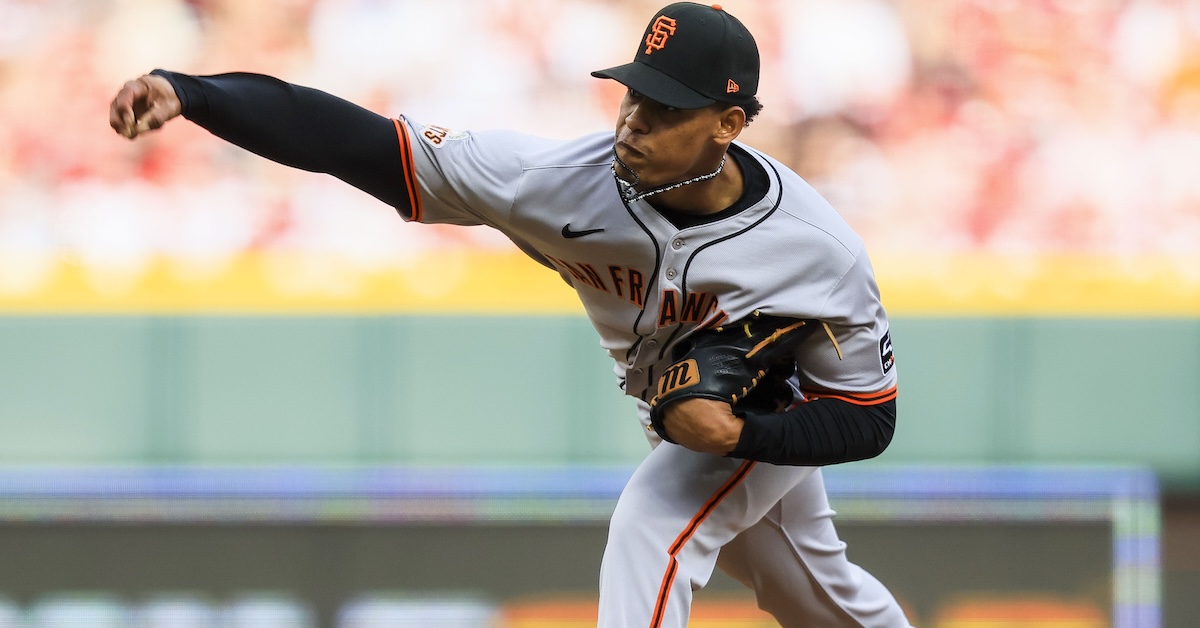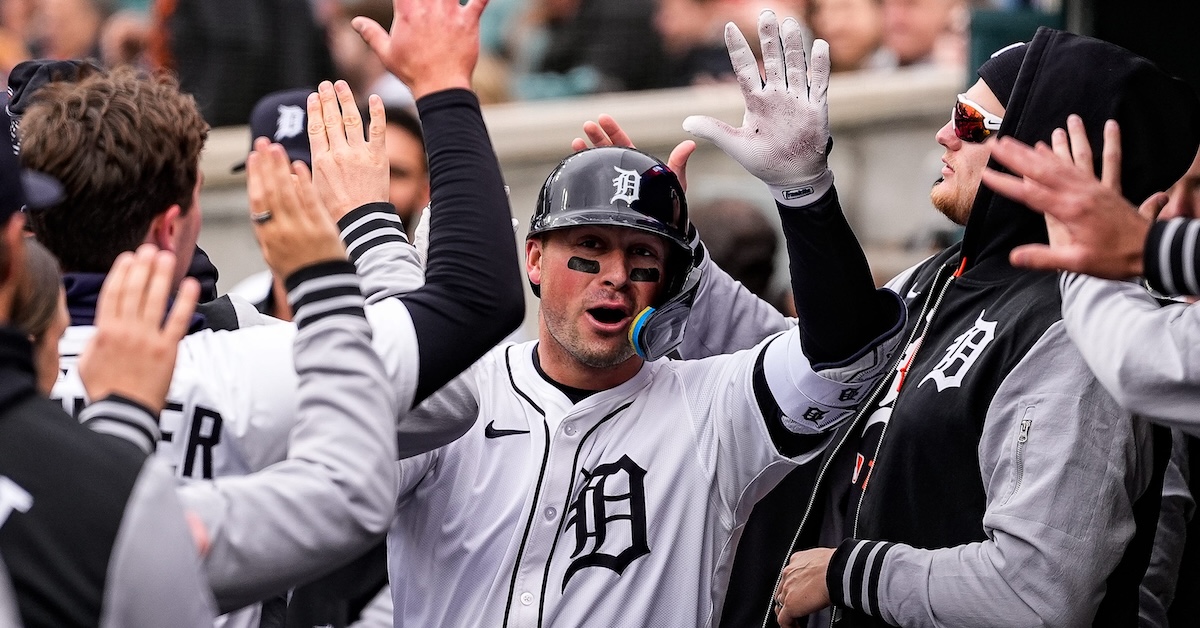A Conversation With Seattle Mariners Director of Pitching Strategy Trent Blank

Trent Blank plays an integral role in one of baseball’s top pitching organizations. Now in his sixth season on the major league coaching staff, Blank is the director of pitching strategy for the Seattle Mariners. He’s well-suited for the job. The 35-year-old former minor league hurler holds an MS in Kinesiology and Exercise from Dallas Baptist University, and he previously worked at TMI Sports Medicine as a baseball performance specialist. Along with his current position, Blank has served as Seattle’s bullpen coach.
Blank sat down to talk about the Mariners’ pitching process prior to the start of the regular season.
———
David Laurila: Let’s start with a pitcher the Mariners [purchased from the Cincinnati Reds] shortly before spring training. What made Casey Legumina an attractive acquisition?
Trent Blank: “Whenever we sign anybody, we look at them through a lot of different lenses, and he popped for both our player development and analytics groups. From my perspective, we really liked some of the unique things that he does with the baseball. He has good uphill plane since he kind of changed his delivery. With his spin profile, we think we can add a couple of pitches. We’re also thinking about bringing a couple of pitches back, and repurposing them. He has a lot of raw materials we feel we can put together in a different way.”
Laurila: Can you elaborate on that?
Blank: “When we add stuff, it’s generally based on a certain spin profile we see. Then, when we talk about repurposing… with Casey in particular, it’s the sweeper. He’s had different versions of it, because he’s had different slots. We like the pitch. Adding some aggression is one thing. We’re still working through it, but the main thing is getting his fastball going at the top rail a little bit more.”
Laurila: Generally speaking, how does the organization approach introducing changes to a pitcher’s arsenal? Read the rest of this entry »


